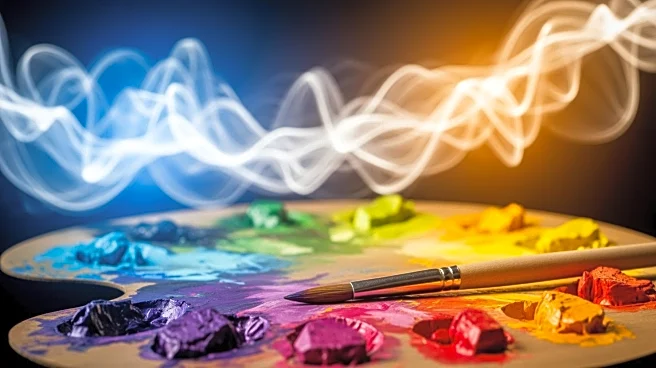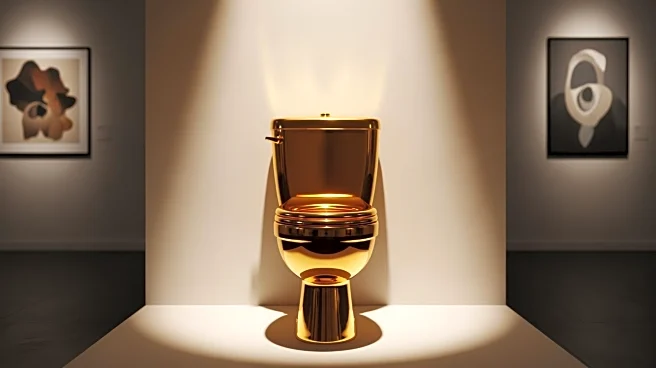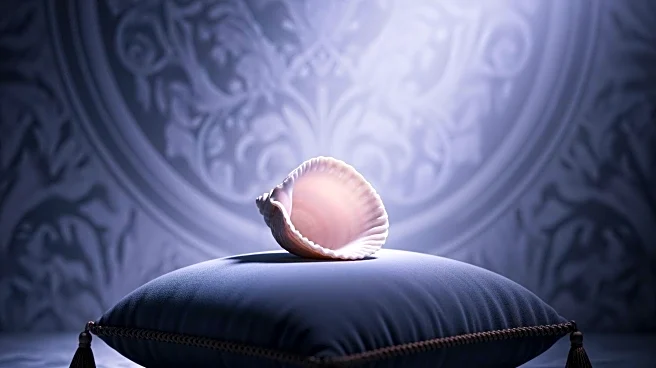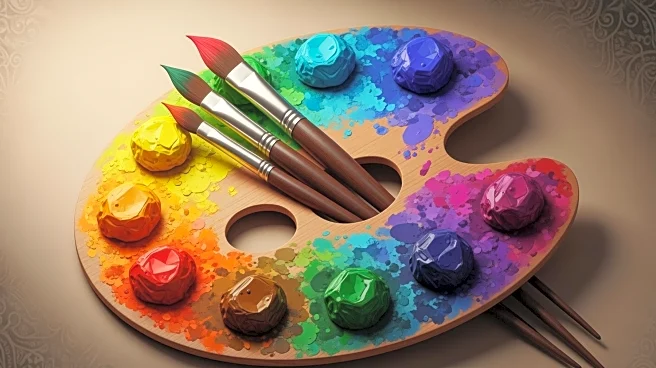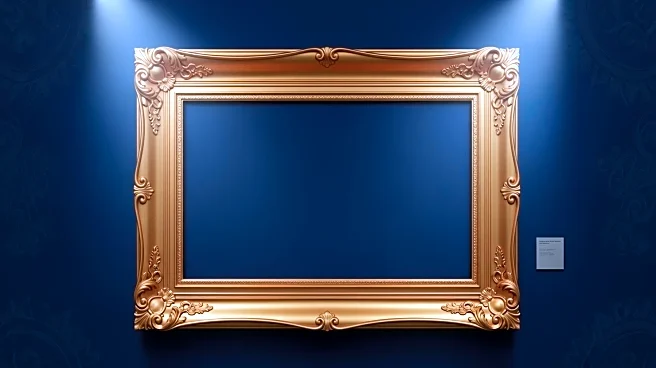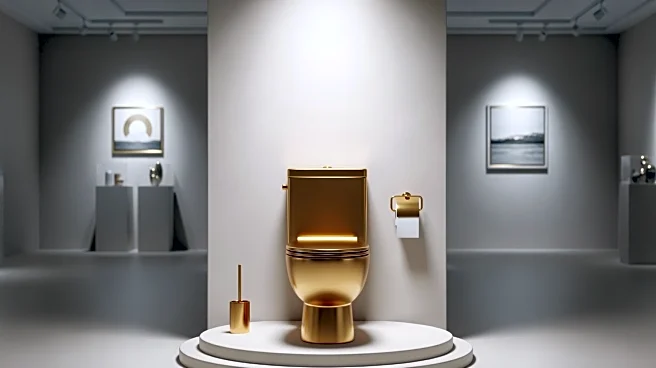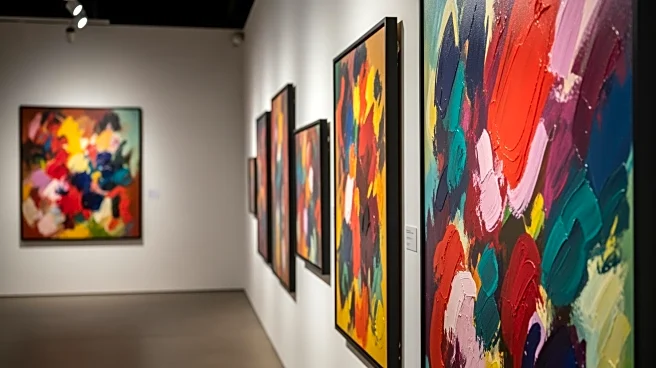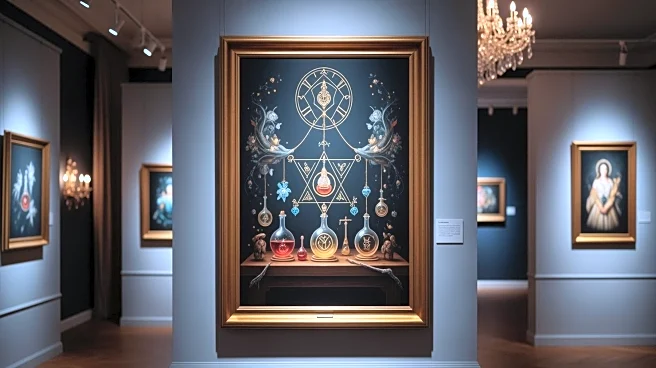What's Happening?
Sandro Botticelli, born Alessandro di Mariano di Vanni Filipepi, was a prominent Florentine artist during the Early Renaissance. He was initially apprenticed as a goldsmith but later pursued painting under
Fra Filippo Lippi. Botticelli became renowned for his religious and mythological paintings, including 'The Birth of Venus' and 'Primavera.' His works were characterized by graceful figures and linear composition, influenced by the Medici family's patronage and Neo-Platonism. Despite his success, Botticelli's style fell out of favor during the High Renaissance, only to be rediscovered in the 19th century by the Pre-Raphaelites.
Why It's Important?
Botticelli's art represents a significant period in the Renaissance, where classical mythology and Christian themes were merged, reflecting the intellectual atmosphere of Florence. His works have influenced various art movements, including the Pre-Raphaelites and Surrealists, and continue to shape modern perceptions of beauty and artistic expression. Botticelli's revival in the 19th century highlights the enduring appeal of his unique style and the cultural shifts that can affect an artist's legacy.
What's Next?
Botticelli's works are preserved and displayed in major galleries like the Uffizi Gallery in Florence, attracting art enthusiasts worldwide. Continued scholarly research and exhibitions explore his techniques and influence, ensuring his legacy remains relevant in contemporary art discussions.
Beyond the Headlines
Botticelli's life and work reflect the complex interplay between art, politics, and religion during the Renaissance. His association with the Medici family and later influence by Girolamo Savonarola demonstrate how external factors can shape an artist's career and stylistic evolution.
